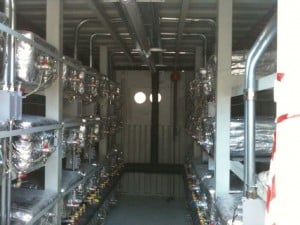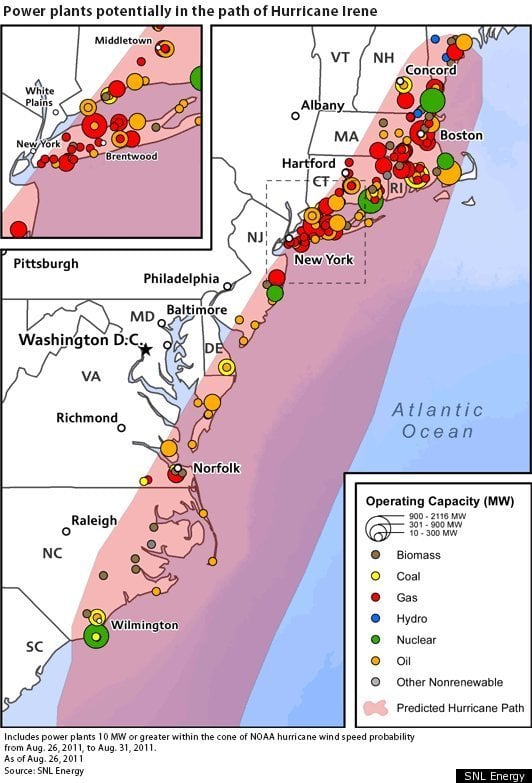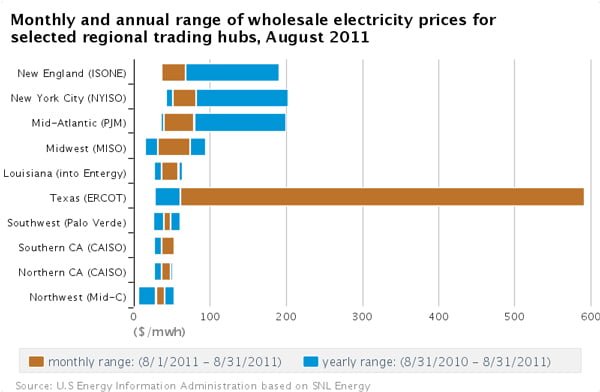In the past week the latest news with Leonardo Corporation/Andrea Rossi has been centered around the brief announcement of a February 2013 1 MW plant going into operation in the U.S. with public viewing after it operates for a certain time period.
“Yes, Leonardo Corp is very much powerful now. I can already say that the first 1 MW hot cat will go in operation within February 2013. It will not be a military application, therefore selected persons will be allowed to visit it. It will be installed in a big power production and distribution plant. This is the new. The plant is made in the USA. An extremely important agreement has been signed after the tests of the Hot Cat, which are going on since June in the USA and in Italy. The details will be communicated only after the plant will have been working for enough time to be visitable, also to avoid clubs in the wheels. That’s all I can say right now.”
Today this news is elaborated on a bit more in Andrea Rossi’s Journal, in which he also touches on the announced deadlines which he repeatedly makes and the expected delays which occur.
The first update a week ago stressed the plant was non-military related, and today he mentions “a major world holding” is behind the agreement.
We also hear the announcement of a projected public 1 MW plant viewing around May/June 2013, a month or so before the big ICCF 18 conference taking place this time around in the US, making for a lot of revision and last minute speech editing if everything goes as scheduled time wise, and the plant is operational and viewable to the selected public (i.e. likely many attending the conference).
Anyway, this is just an update on the projected plans which Rossi has announced. Many have become impatient, and perhaps more skeptical with the recent print media mainstream exposure. The usual knee jerk responses are expected, but feel free to give thoughts and discussion, if any, in the comment section.
Rossi’s comments today came in response to one of the, as mentioned, everyday impatient readers, who posted the following remark:
Marco Serra
November 8th, 2012 at 10:03 AM
“Dear Ing. Rossi,
I read your Journal every day for more than a year now to monitor the advances of your wonderfull discovery. You make us followers sometime enthusiastic but often impatient with your (understandable) reserve in showing what’s happening in your secret lab.
At the time of Pordenone, few weeks ago, you stated that you got the HotCat under full control but it was just a “free” device, that is, without any loading (water to be heated). Then you said that “Tesla dream is close”. And now … BOOOOOM ….. the first 1MW HotCat will be ready in 3 months, and it will be used by a third party in a power plant.
Please tell me what the HotCat will do in the power plant, I mean what its role will be ?
Will it produce electricity or pre-heated fluid ?
If yes will it use a turbine or an unusual heat-electricity converter ?
And, the most important question, does HotCat still need external energy or you get it to self produce its needed energy ?
Please Ing. Rossi don’t answer that these info are confidential. I did not ask anything about the inner behaviour of the HotCat.
I’M and WE ARE SIMPLY SOOOOOO IMPATIENTS…
Best Regards
Marco”
Andrea Rossi’s reply:
Andrea Rossi
November 8th, 2012 at 12:30 PM
“Dear Marco:
I appreciate wholeheartedly the enthusiasm of our supporters, but sometime I have the impression that the difficulties we are fighting against are strongly underevaluated, just like to make a LENR industrial apparatus should be a normal thing. If I say that we will make a thing betwen October and November, this does not mean October 1st, could also mean Nov. 30st.
Can also happen that new difficulties raise, so a delay comes up. The NUCLEAR FUSION ( ITER and the likewise) scientists had foreseen to put their plant in operation 20 years ago. After 100 billions of (taxpayer’s) money, they today foresee that perhaps they will have a plant in operation in the next 50 years, after further hundreds of billion dollars, and the scientific context is comfortable with this. Their present target is COP 1.1; we published our work in 2009 ( see Focardi-Rossi paper on this Journal). After 3 years and few millions ( of our private company, no public funding requested, no taxpayer money spent) we are manufacturing ( completely at our risks) plants of 1 MW, one of which will go in operation within February 2013 and will be exposed to the public after a period of operation ( 2-3 months).
The plant will be put in the concern of a major world holding, which has signed with us an extremely important contract. The plant will heat a fluid. No electricity will be produced in the first plant, because the Customer wants to make thermal energy with the forst application,but obviously, due to the high temperature we are now able to reach, the coupling with turbines in a Carnot cycle is possible and will surely be made by the same Customer in the next plants. We still guarantee COP 6, even if the supposition that the COP can be increased is not groundless.
The self sustained mode happens for approximatively the 50% of the operational time, regulated by a new concept remotely governed control system. Well, after all this, somebody talks of infinite delays…well, allow me to say that some scientific context sometimes gives the impression not to be very scientific. We don’t bother, anyway, just work.
As you can see, the answers are not confidential.
Warm Regards,
A.R.”









